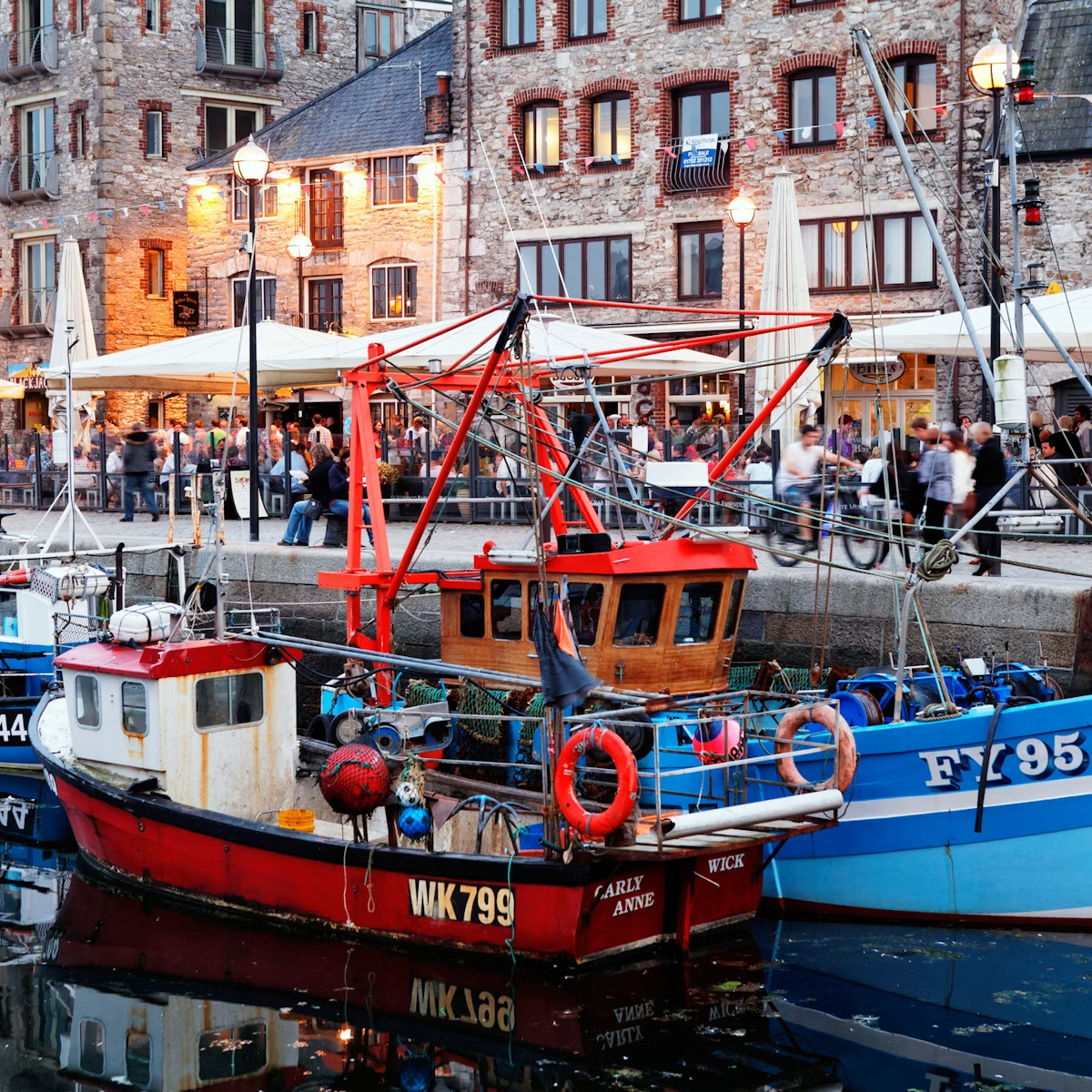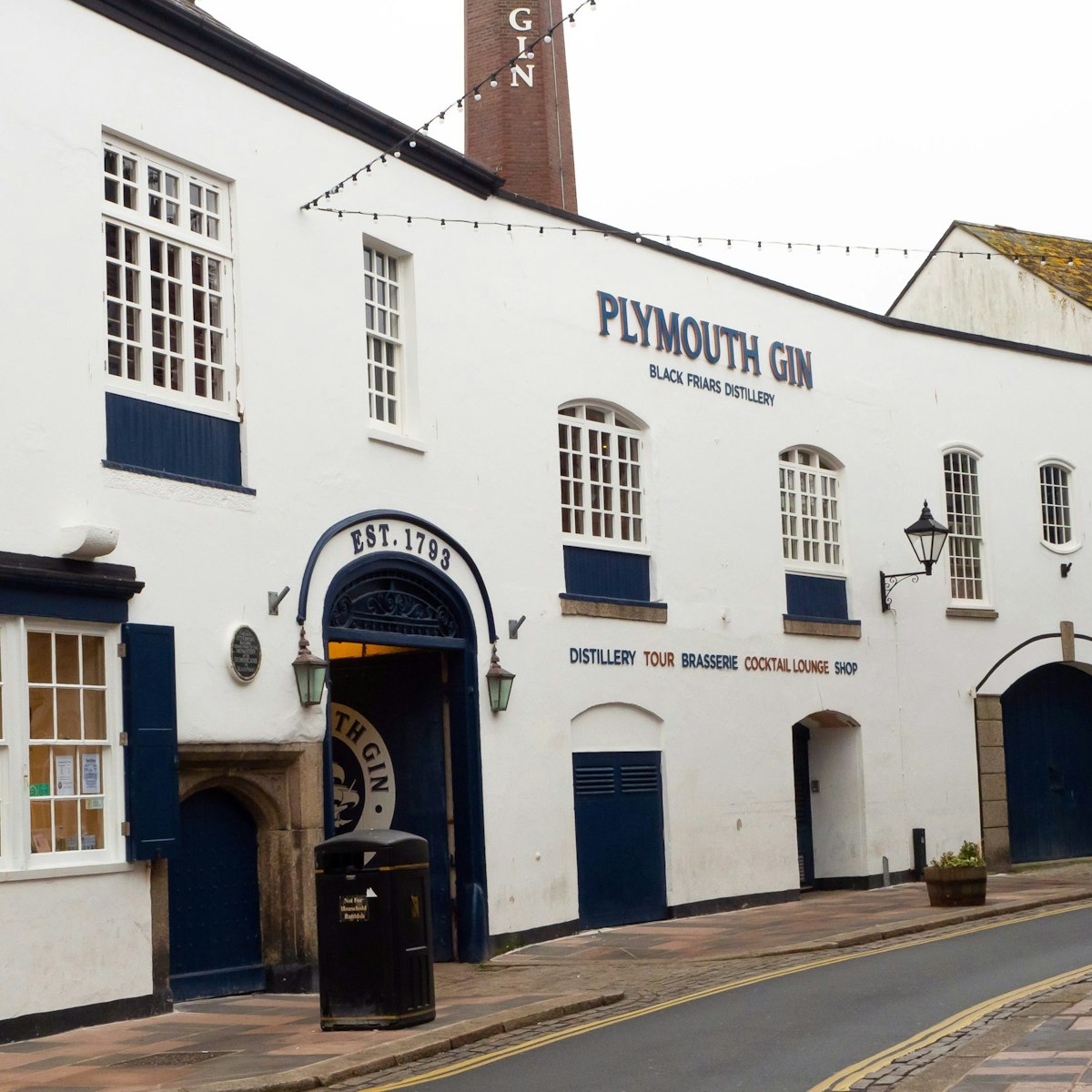This magnificent manor, 2.5 miles southeast of Bodmin, offers a fascinating insight into Upstairs, Downstairs life in Victorian England. The house was rebuilt after a devastating fire in 1881 as a home for the Agar-Robartes family, complete with mod cons such as radiators, roasting ovens, warming cupboards and flushing loos. The centrepieces are the drawing room, packed with artworks and antiques, and the enormous kitchens, complete with a pioneering refrigerator room. The ornate Long Gallery is famous for its plaster ceiling.
The house was established in the 1620s by Sir Richard Robartes and his son, John Robartes, 1st Earl of Radnor. It originally had a four-sided layout, arranged around a central courtyard, but following the 1881 fire, the East Wing was demolished, leaving the U-shaped plan of today. The Long Gallery was the only significant part of the original house to survive undamaged, although the 17th-century gateway also still stands.
The present house is largely the work of the local Liskeard architect Richard Coad, who had worked as an assistant to Sir George Gilbert Scott on the house's redevelopment during the 1850s. No expense was spared by the house's owner, Lord Robartes, who by that time was one of the richest landowners in Cornwall, commanding an estate that covered more than 20,000 acres, or nearly 3% of the county. The house was equipped with all possible luxuries and furnished at lavish expense.
It's a living museum that also manages to feel like a family home. The most fascinating aspect of the house is the division between the two worlds which coexisted here: the 'downstairs' servants quarters and kitchens, and the 'upstairs' family rooms, from the gentlemen’s smoking room (lined with old Etonian photos, moose heads and tiger-skin rugs) to the children’s nursery, movingly strewn with abandoned toys belonging to the Robartes children. It's a real-life Gosford Park, and one of those magical National Trust properties that really does still feel as though the inhabitants have all just popped out for the afternoon, and might return at any moment.
Sadly, the family story proved to be a sad one: the family's beloved eldest son and heir, Tommy Agar-Robartes, was killed in WWI while trying to save a comrade from no-man's land. The family never quite recovered from the loss; the estate dwindled in both size and fortune over the following decades, and the house was gifted to the National Trust in 1951, along with 160 hectares of parkland.
Like many wealthy Cornish families, the Agar-Robartes made their fortune predominantly from mineral mining – particularly tin and china clay.








